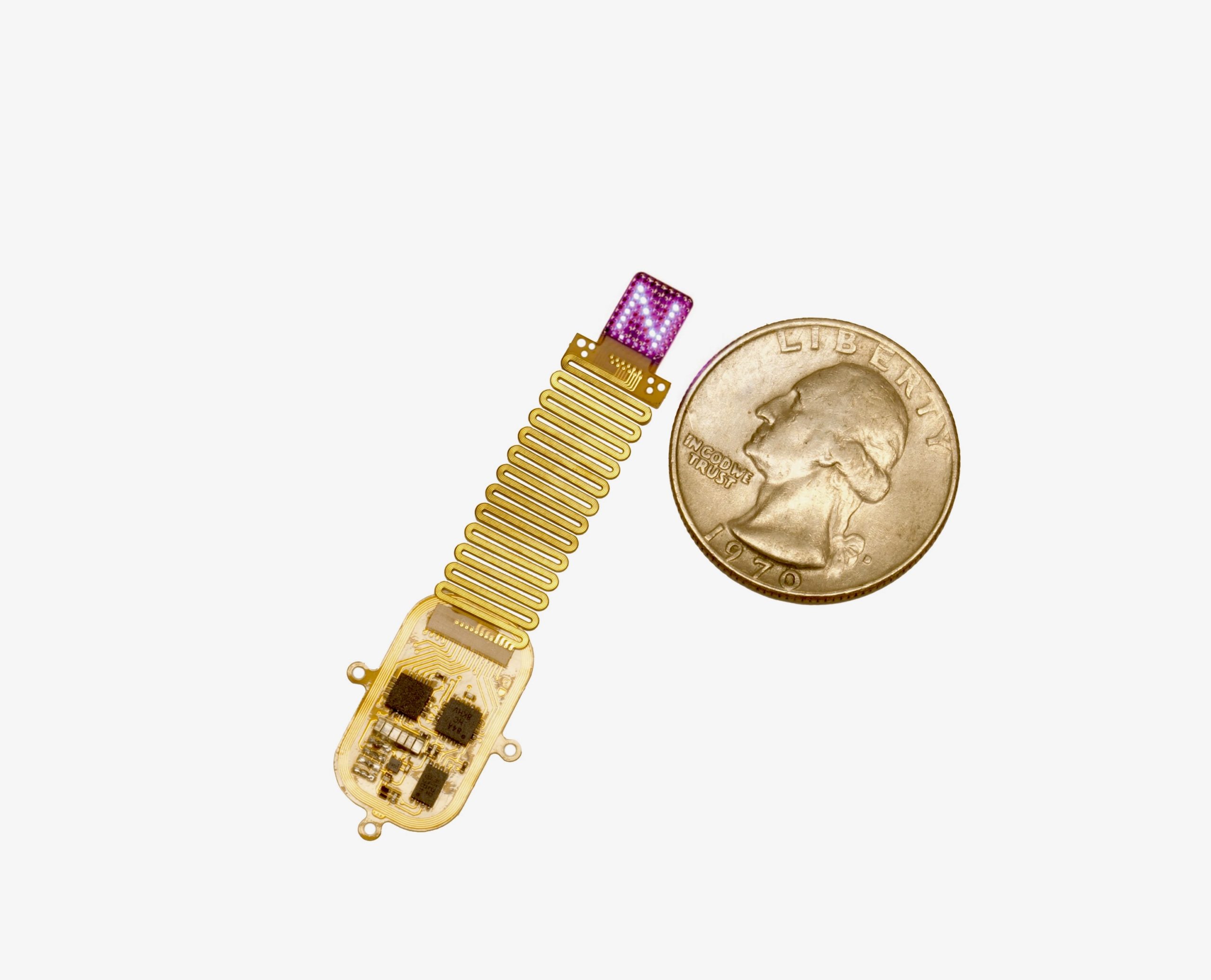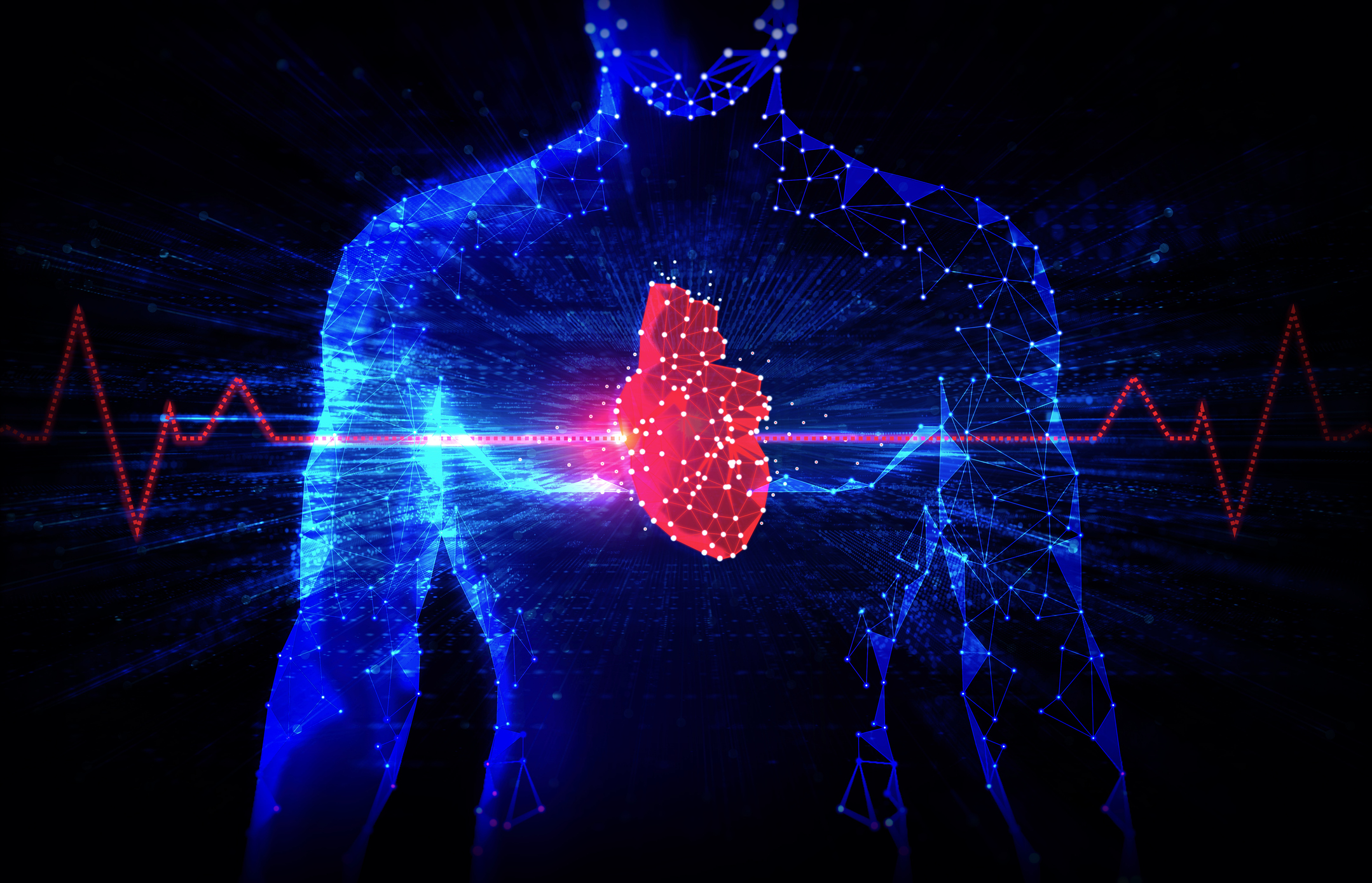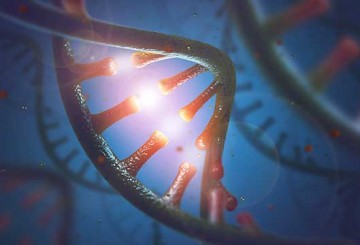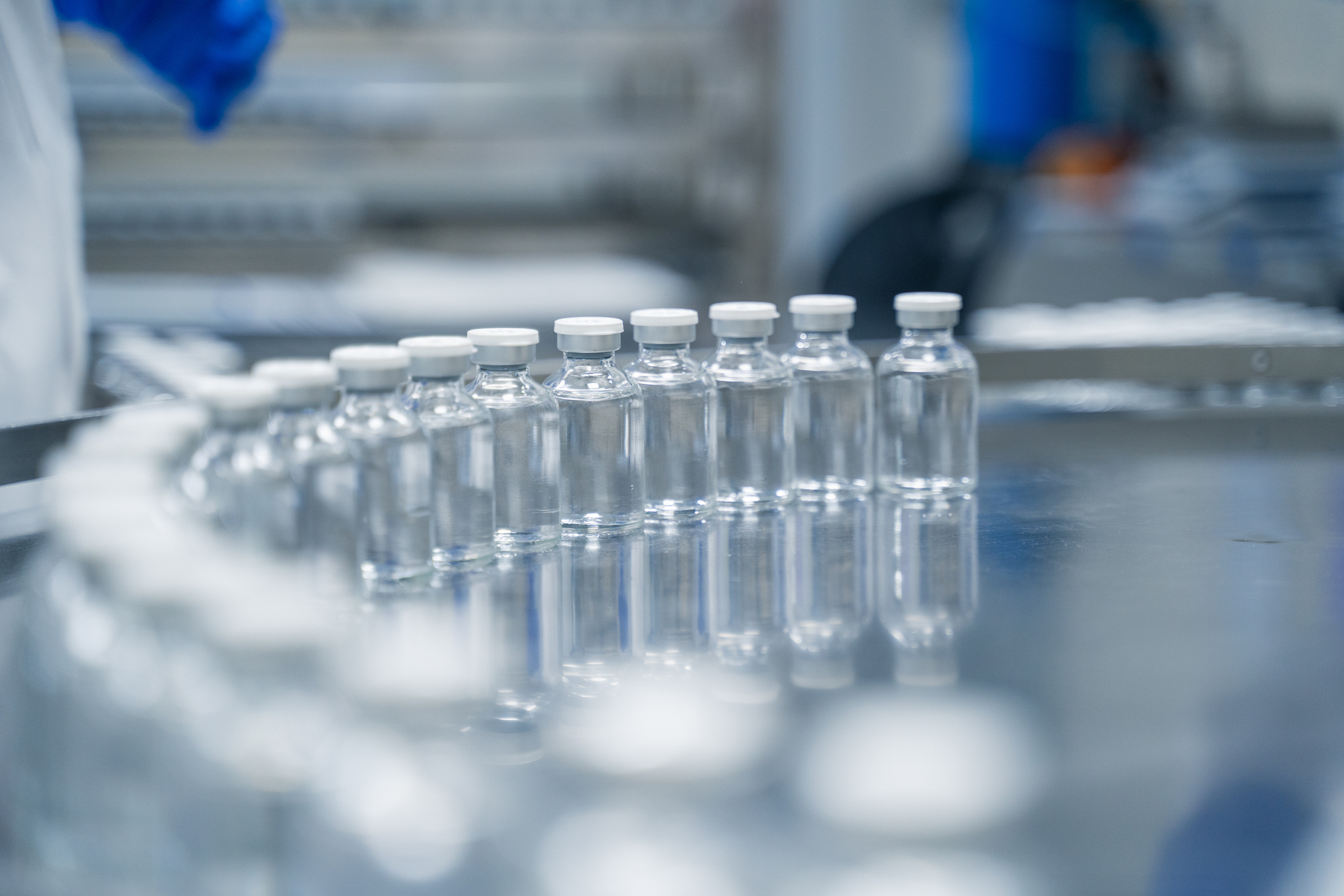
The protein UBR7 acts as a histone chaperone, regulating histone re-deposition at specific sites during DNA replication, according a recent study published in The EMBO Journal.
This protein was previously identified to regulate nucleotide metabolism, making UBR7 among the first proteins known to affect both processes, according to Daniel Foltz, PhD, associate professor of Biochemistry and Molecular Genetics, and senior author of the study.
“We’ve thought of these processes as co-incident but independent, however, this is the first mechanism where we can say they are somehow coupled,” Foltz said.
Cells undergoing proliferation — dividing and replicating— must replicate their DNA to provide a genetic template for the new cell. This requires nucleotide synthesis and packaging of new DNA into chromatin. Histone chaperone proteins ensure that new and old histones — spools around which DNA is looped — are correctly deposited, or recycled and re-deposited, respectively.
In the current study, Foltz and his collaborators examined the binding of UBR7, finding it bound to histones with a specific epigenetic marker. The marker, one that’s associated with gene promoters, is only ever attached to histones that had been packaged into chromatin — making UBR7 among the first histone chaperones known to regulate recycled histones, rather than fresh histones.
Generating cells without UBR7 prevented redeposition of these specific histones.
“If the cell marks a histone and then gets rid of it during replication, then it’s lost that epigenetic information,” Foltz said. “The cell has ways to ensure that you can put those modified histones right back, to ensure that information is retained. It’s a memory of the state of the gene before DNA replication.”
What makes UBR7 particularly interesting, according to Foltz, is that it already has a previously discovered function: regulating nucleotide metabolism. UBR7 interacts with proteins that form the basic building block of RNA and DNA, raising the possibility it serves a coordinating role for both processes.
“It might be a way for the cell to ensure that not only does it have enough building blocks to create DNA, but that it also has enough building blocks to build chromatin,” Foltz said.
In the future, Foltz and his collaborators said they plan to examine other histone chaperone proteins, searching for other dual-use proteins.
“This coordination probably involves other chaperones besides just UBR7,” Foltz said.
Ann Hogan, PhD, recent graduate from the Driskill Graduate Program in Life Sciences (DGP), was lead author of the study. Ali Shilatifard, PhD, the Robert Francis Furchgott Professor, chair of Biochemistry and Molecular Genetics, professor of Pediatrics, director of the Simpson Querrey Institute for Epigenetics and a member of the Robert H. Lurie Comprehensive Cancer Center; and Marc Morgan, DPhil, research assistant professor of Biochemistry and Molecular Genetics; were co-authors of the study.
This study was supported by National Institutes of Health grants R21HD078946 and R01GM143638, a Zell scholar grant from the Robert H. Lurie Comprehensive Cancer Center and the H-foundation.






